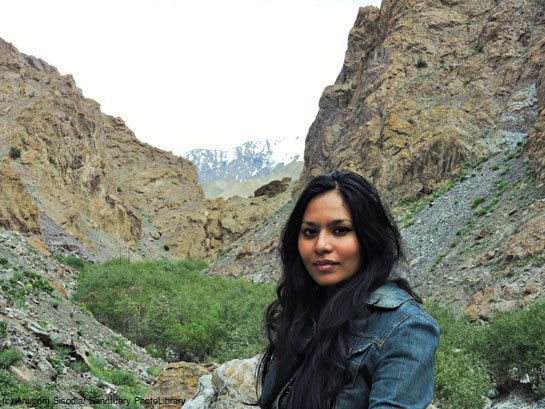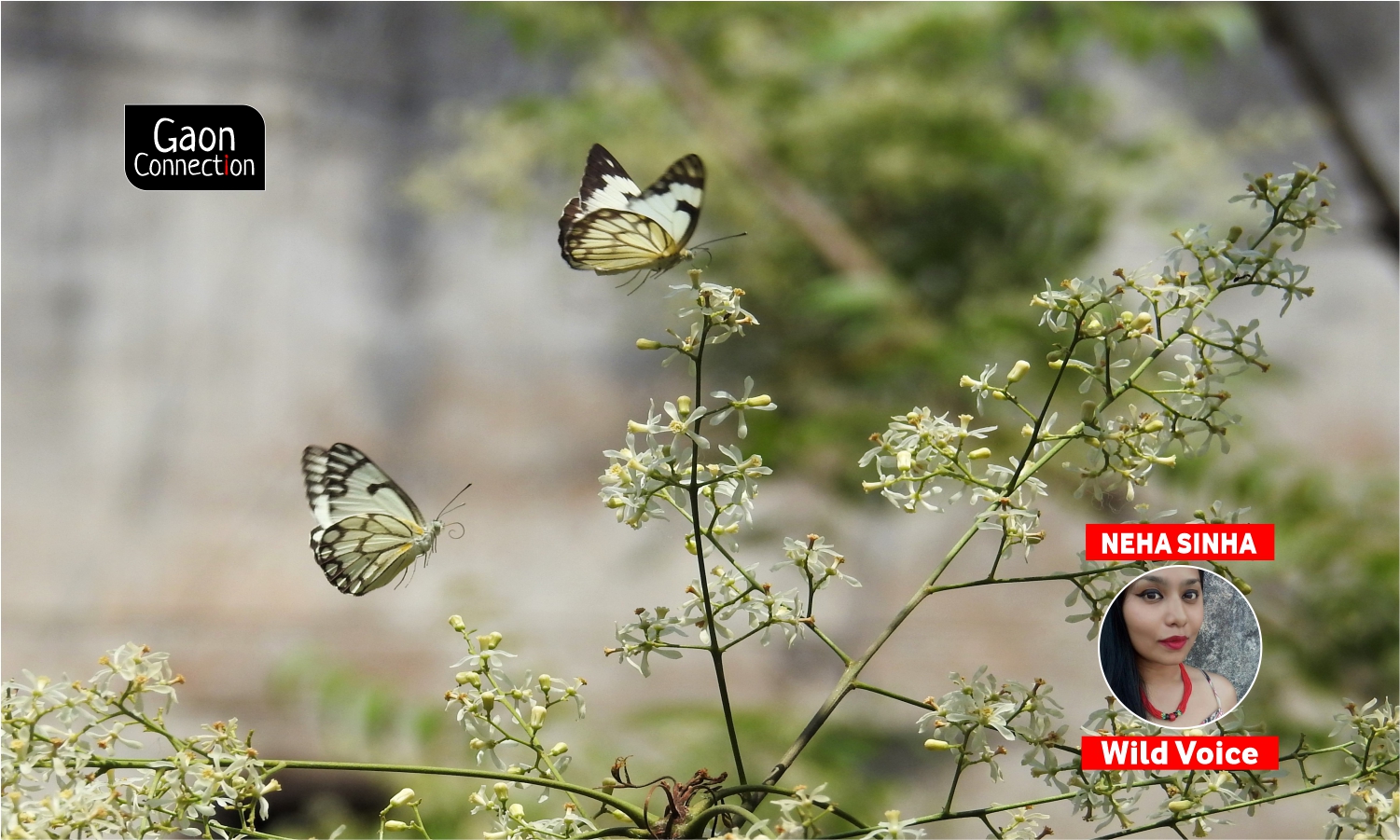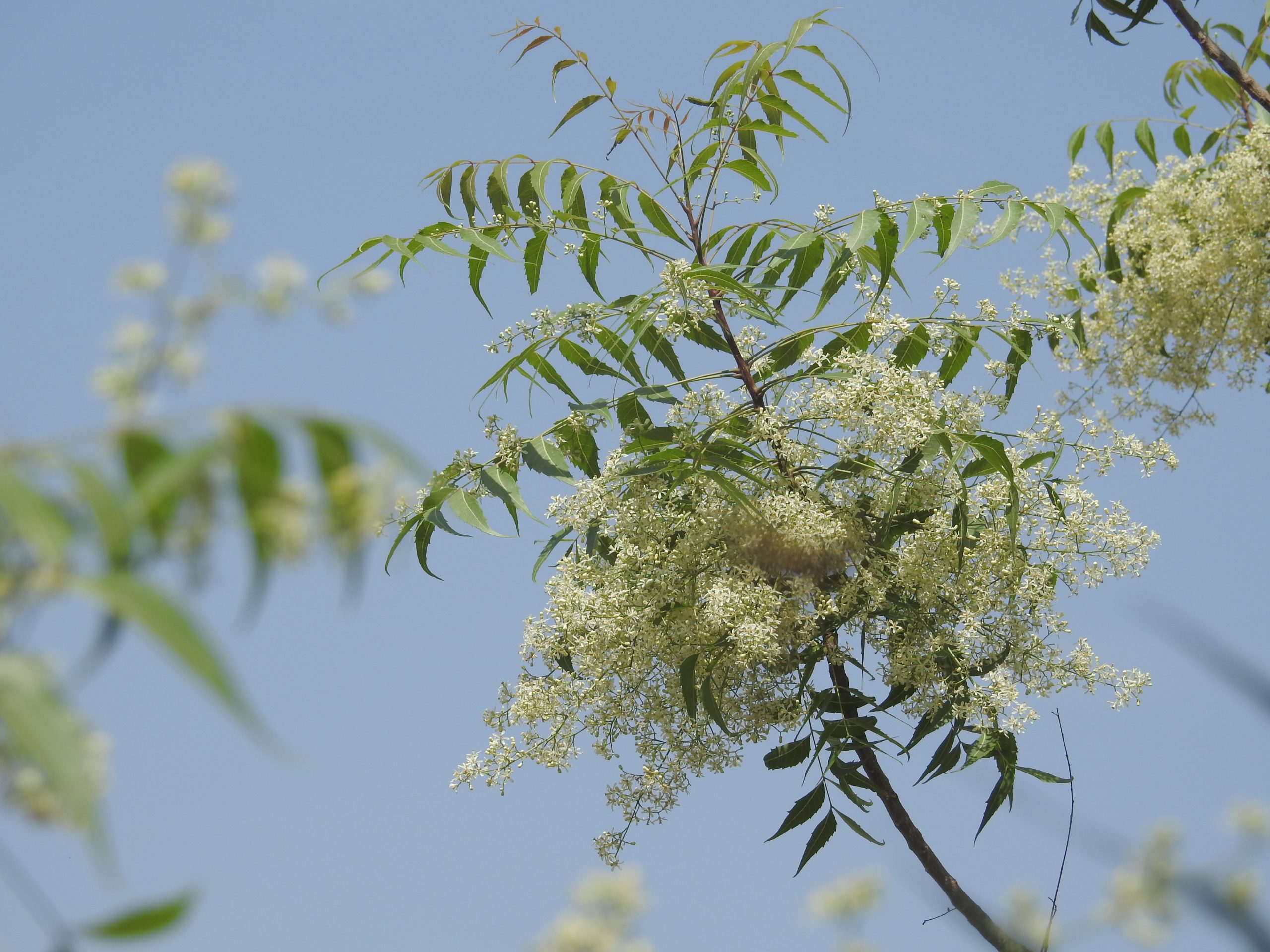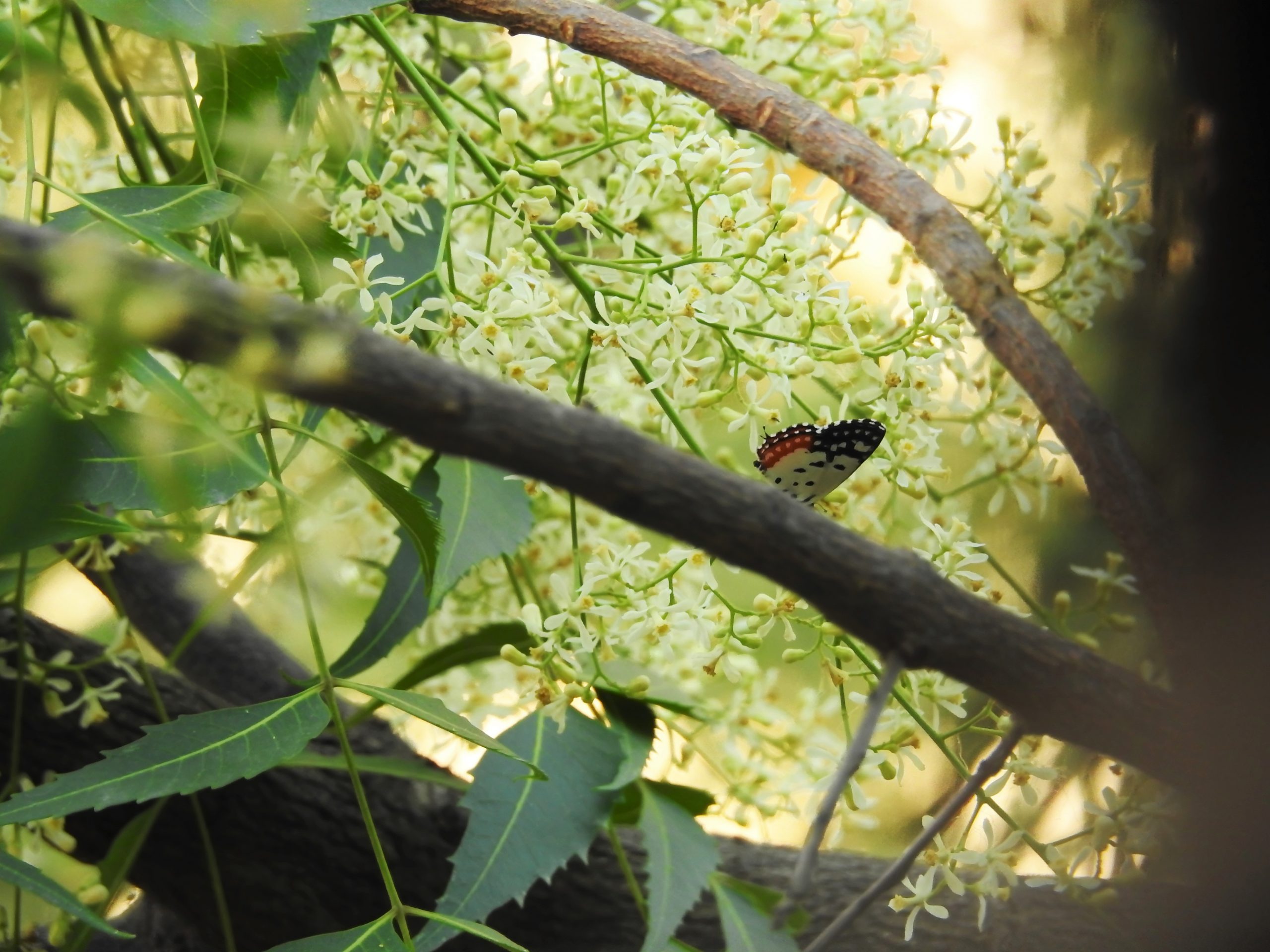Experts are studying the shifts in butterfly ranges to understand the impacts of climate change
It helps them determine which places are warmer, wetter and more susceptible to climate variabilities. As temperatures go up, many butterflies have shifted Northwards in Europe


The onions were spluttering in the oil as if they were alive. And I was crying. Great sobs left my body as I leaned on the frame of the kitchen door. Having never cooked before, the lockdown was like a cosmic commandment to do the things I never did. And all at once. Like cutting onions that made me weep, and then cooking the onions while I wept.
My dog was circling around me, wondering if the crisis was real or imagined. At that moment, the fake crisis felt real. Unshed tears, real tears, threatened to fall; my senses averse to what I was doing, my thoughts running in my head like a rat in a trap. I looked outside the window. This was instinctive: outside was a blue lockdown sky unburdened by car fumes; outside was a place far away from the tyranny of pungent vegetables which were as difficult as they were tasty. A neem tree, coming up to the second floor, nodded against the window. It had recently broken out into tiny, white flowers. They looked like stars, the sort you know are in the sky, but you don’t see often. The tree is so big, and the flowers are so tiny, that many miss them while they are on the tree. Instead, they see them as they fall in masses on the ground, making a gentle, dehydrated, celestial carpet. Like the stars we see in the sky long after they have died.

The neem was nodding in a hot loo, the sun warm on its cream-coloured flowers. And there was something else there: something that was just the same shade of the flower. Cream, beautiful, fluttering. I had forgotten the onions. Through the window grill, I looked out: there were small butterflies in every branch of the Neem.
It’s hard to see butterflies at the best of times. They move constantly, with no regard for their admirers. At the worst of times, you see a snatch of butterfly wing scale, a fragment of colour, and you wonder if you have dreamed it. Or maybe the colour you think you saw was a salwar hanging up to dry, or a dry leaf spinning on a branch?
But though my eyes were burning, what I saw was unmistakable. Masses of off-white butterflies on the Neem tree, the tree alive with wings. I brought out my binoculars and then a butterfly guide – this was the Pioneer butterfly, coloured off-white and black.
Somehow, butterflies remind most of us of childhood. Maybe because we see butterflies in parks, on flowers, looking like flowers. And in our kindergarten pictures, we have all drawn these parks, with open-faced flowers and open-winged butterflies. But butterflies don’t just alight on flowers in colony parks – they also make short but powerful flights, between countries and on heights as tall as a bird would undertake. I remember a scene from my childhood: tiny blue butterflies on the grass in the lawn, and a Common Grass yellow, stopping for just one heart-stopping second on the curly blond head of my doll, one that I was holding. I would have preferred if it had sat on my head, but I was happy enough it chose us.

The next day, I was ready to fry the onions. Because I wanted to look at the butterflies. I had to learn fast if I wanted to capture them in photographs: I had very limited space between the grills of the kitchen window, and my subject was always moving. So was the tree it sat on. Everything shimmied as I held my camera steady; it was like standing on a ship tossing in the ocean and trying to throw a dart.
But I hoped that the butterflies would continue to visit. Bringing them to your garden is a bit of work, but always worth it. Butterflies love visiting the kadi patta, a ubiquitous tree in India (whose leaves are often fried with onions). Planting oleander, jasmine, tecoma, kalonchoe and coatbuttons flowers also brings butterflies to gardens. Your garden could be on the sixth floor: still, the butterflies will come. To this mental list, I added the Neem.
Experts are studying the shifts in butterfly ranges to understand the impacts of climate change – which places are warmer, wetter and more susceptible to climate variabilities. As temperatures go up, many butterflies have shifted Northwards in Europe. Slight warming can induce a butterfly egg to hatch – and indeed, many have been hatching, sometimes too soon.

The word ‘butterfly’ is often used to indicate something that’s fickle, and insubstantial. The butterfly mother is anything but fickle. Each species will lay her eggs on a specific kind of plant (for instance the Lime butterfly is named after the fact that it lays eggs on lime plants). The larvae emerge and eat the leaves of that plant, and only if it survives will it eat a wide variety of food. But if it emerges too soon — at a time when the plant does not have enough leaves – it is lost. It will starve to death; or it may shrivel up without adequate cover.
And so, the little butterfly is today looked at as climate indicator.
Looking at the masses of Pioneer butterflies hovering over the Neem, I wondered how easily we miss sights right in front of us.
The butterflies seemed to be dancing outside, and my association with the kitchen had changed forever. It was back to the moment when my doll was chosen by a large, yellow butterfly. At the most natal level, nature is about looking out of the window, and about two different worlds briefly colliding, about the surprise that you may feel while doing tasks that were routine and held a little surprise. I was no better at cooking, but the butterflies had altered the landscape of the kitchen, and that of my mind. Still locked down, but the grill on the window seemed less like bars across a cell, and more like a window of opportunity. For brief seconds, the stars of the Neem tree had perfectly aligned, and all was well.
Neha Sinha is working with the Bombay Natural History Society.
(Views are personal)

